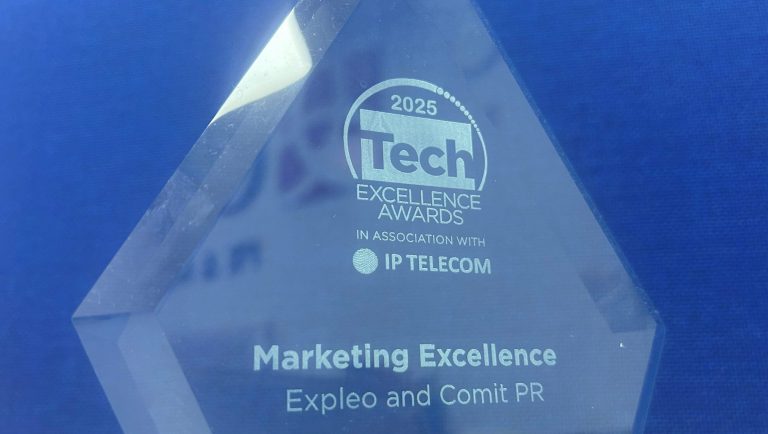 How much do you allocate to your PR and content marketing budget? A study by Google and CEB, B2B Digital Evolution, shows us that the B2B world has changed – because buyer behaviour has changed. The report found that buyers will self-serve 57% of the sales process before engaging with sales. They want to engage with sellers on their terms and at a time of their choosing.
How much do you allocate to your PR and content marketing budget? A study by Google and CEB, B2B Digital Evolution, shows us that the B2B world has changed – because buyer behaviour has changed. The report found that buyers will self-serve 57% of the sales process before engaging with sales. They want to engage with sellers on their terms and at a time of their choosing.
The digital age has provided prospective customers with a near-infinite supply of information at their fingertips, allowing them to take control of the buying process. By the time today’s buyer approaches a supplier, they have already gathered as much information as possible by themselves through blogs, websites, online reports and social media. Essentially, their mind is almost made up.
Tech sellers must now earn the right to enter a sales process by providing information through multiple channels that will engage buyers and allow them to do their own due diligence.
This begs a huge question of companies as they look to their sales and marketing resources. How much of their business development budget is spent on a large sales team and how much is spent on generating credible PR and digital content to allow the customer to do their own research?
Given that 57% of the buying process is done by the customer themselves, should 57% of the business development budget be spent on digital marketing, content creation and PR and 43% on the sales force? The answer, of course, will be different for every company.
Making an impact
We recommend that businesses integrate their sales and marketing efforts much more closely. We advise companies to be more strategic about developing their media presence in both independent and ‘owned’ online media – achieving the latter through blogging, social media engagement, remarketing and search engine optimisation.
Independent media is crucial to developing authority and credibility, as well as building a wider market reach. Online press coverage in a reputable publication will often get businesses higher up the Google search rankings for relevant keywords than owned online media, such as company websites and blogs. It also gives companies a ‘credibility thread’, as buyers view national media and other independent media as authoritative and trustworthy.
Does it work? We are hearing clear examples from clients that PR and digital marketing is generating new business opportunities and helping to reduce the sales cycle. One software client recently reported a 100% increase in its sales funnel and a 40% improvement in sales cycle time because it restructured its business development process to allow customers to do their own due diligence. They did this by kicking-off PR and online marketing communications activities.
Content will continue to be an increasingly valuable currency in the sales process. To stay ahead, organisations must move from pushing products to developing structured media and content marketing programmes that give the buyer more control. Those who have adapted and refocused their efforts accordingly are the ones that will cash in on the new currency.
If you would like any more information on B2B budgeting for PR and content marketing please feel free to contact us.






